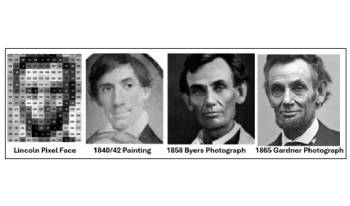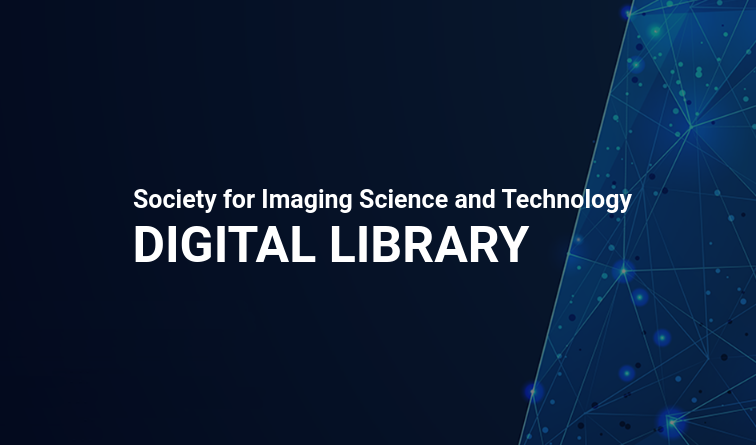
Are we there yet? All the puzzle pieces are here: a 2” miniature portrait on ivory dated circa 1840-1842, discovered alongside a letter detailing the owner’s familial ties to Mary Todd Lincoln. This portrait’s distinctive features echo President Lincoln’s unique facial asymmetry. However, despite intensive investigation, no historical document has been found to definitively link this miniature to Lincoln. This research aims to bridge art and science to determine whether this painting represents the earliest image of Abraham Lincoln, potentially opening avenues for future collaborations in identifying historical faces from the past. A key contributor to this effort is Dr. David Stork, an Adjunct Professor at Stanford University and a leading expert in computer-based image analysis. Dr. Stork holds 64 U.S. patents and has authored over 220 peer-reviewed publications in fields such as machine learning, pattern recognition, computational optics, and the image analysis of art. His recent book, Pixels and Paintings: Foundations of Computer-Assisted Connoisseurship1, fosters a dialogue between art scholars and the computer vision community.

Mercury (Hg) and Arsenic (As) have been recognized as chemical threats to human health. Still, the detection of lower contamination levels using traditional image analysis remains challenging due to the small number of available data samples and the insufficient utilization of the spatial information contained in the sensor pad images. To overcome this challenge, we use the spectra data of the colorimetric response pads and propose two kinds of classification models for differentiating contaminant levels with high test accuracy. In the first model, we use the SMOTE method to solve the imbalanced data problem, then apply the sequential forward selection algorithm to select optimal wavelength features in combination with the k-NN classifier to discriminate five contaminant levels. The second technique comprises principal component analysis (PCA) used as a dimensionality reduction technique combined with the random forest (RF) classifier to classify five contaminant levels. Our proposed system is trained and evaluated on a limited dataset of 126 spectral responses of five contamination levels. Our algorithms can yield 77% and 87% average accuracy, respectively. We will present an overview of the base model, the pipelines and the comparison of our proposed two classification models, and the phone-based narrow-band spectral imaging system that can obtain the camera spectral response for accurate and precise heavy metals analyses with the aid of narrow bandpass filters in front of a cell phone’s camera lens.



Efficient plant phenotyping methods are necessary in order to accelerate the development of high yield biofuel crops. Manual measurement of plant phenotypes, such as width, is slow and error-prone. We propose a novel approach to estimating the width of corn and sorghum stems from color and depth images obtained by mounting a camera on a robot which traverses through plots of plants. We use deep learning to detect individual stems and employ an image processing pipeline to model the boundary of each stem and estimate the pixel and metric width of each stem. This approach results in 13.5% absolute error in the pixel domain on corn averaged over 153 estimates and 13.2% metric absolute error on phantom sorghum averaged over 149 estimates.